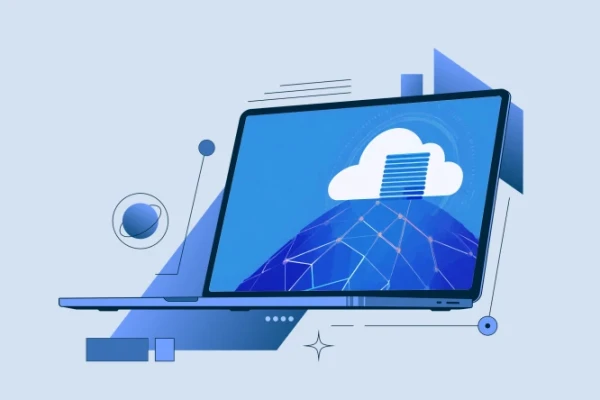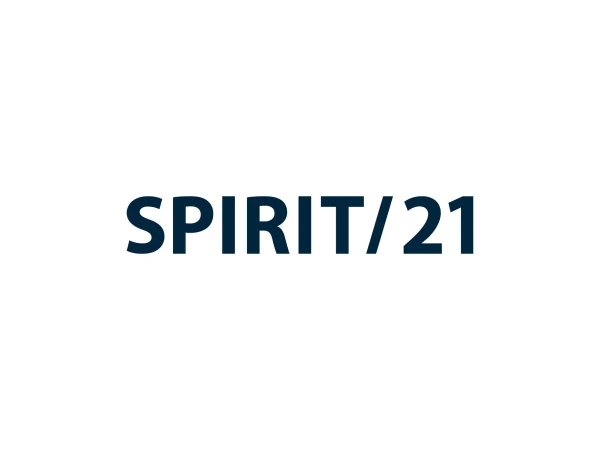HOW SPIRIT/21’S UNIQUE CAPABILITIES HELP TO OPTIMIZE MIGRATION TO AWS
When companies start thinking about migrating their IT systems to Amazon Web Services (AWS), they can quickly find themselves feeling overwhelmed—there are simply so many variables to consider and so many options available. There are also many concerns to address and questions to answer.
The good news is that AWS has a proven methodology to optimize cloud migration and help organizations get the most out of any move. The AWS Migration Acceleration Program (MAP) provides an outcome-driven framework to accelerate cloud migration and modernization, reduce risk, and manage costs.
As an AWS Advanced Consulting Partner, SPIRIT/21 has designed our migration services on AWS MAP best practices. And we’ve expanded on those using our own capabilities, such as custom communication plans. Following this approach, we can quickly develop a deep understanding of your company’s existing systems and processes and create an effective migration plan that’s customized to your needs.
SPIRIT/21’S approach to accelerated migration
The AWS MAP methodology follows three phases to put organizations on the best path to the cloud:

During the assessment stage, SPIRIT/21 uses automated tools to conduct an AWS Optimization and Licensing Assessment (OLA). This provides a detailed snapshot of an organization’s existing IT environment and how it’s being used (for further details, see our other blog post). But that’s just a part of the overall picture. It requires manual work as well as automation to get a deeper understanding of the business needs. For the manual data collection, SPIRIT/21 uses its own template of detailed questions to interview application owners across the organization, putting a focus on business-critical applications. This provides vital insights that only application owners can provide - such as details about governance, security, database technologies, licensing, future plans for the application, and more. All of those details are essential for getting the migration right.
For example, although an application owner might be running many different applications, there could be that one particular piece of software that they consider to be the heart of their system. Or they might highlight an ongoing server stack issue that they’ve been struggling with. This kind of information can be hugely valuable for the prioritization of workloads and migration planning. This isn’t typically identified during a purely technical assessment.
After we’ve completed the OLA and the application owner interviews, we move to the mobilize phase. Here we use all of the information gathered during the assess phase to create the business case for migration in order to determine which so-called R strategy is best for each application: refactor, replatform, repurchase, rehost, relocate, retain, or retire. By the end of this process, SPIRIT/21 not only has a plan for optimizing a company’s move to AWS but can calculate how much the company will be spending on that new AWS infrastructure and how much the migration will cost. SPIRIT/21 is in touch with different AWS teams, ensuring that we always use the combined knowledge of both AWS and SPIRIT/21 to get the best result for the customer.
With a detailed roadmap in place, SPIRIT/21 can then guide the organization through the actual migration process.
managing modernization challenges
At every stage of a company’s migration, SPIRIT/21 is able to draw on its wealth of knowledge to help navigate potential obstacles.
This can be invaluable when a company has especially complex or nonstandard needs. As an organization that’s helped multiple customers migrate to AWS, SPIRIT/21 has experience with a wide range of scenarios. For example, if an organization is struggling to dedicate the internal resources required for one part of a migration, we can help by restructuring plans to push that part of the migration effort to a later phase, giving the organization more time and breathing room.
SPIRIT/21 is also committed to being honest with our customers when some aspect of their original migration plan ends up not being useful or feasible. So if a particular piece of software isn’t right for the cloud, we can support our customers through our own data center services, solution architects, dedicated software team, and Germany-based managed services team.
One big question that every company moving to the cloud has is around cost. When it comes to budgeting for a migration, SPIRIT/21 understands what kind of funding is available through the AWS funding options (e.g., MAP), and how an organization can make the most of consumption-based discounts. It’s important to do this right, because the wrong consumption estimates could lead to a company paying more than expected over time.
Getting started with your move
By combining the full toolset available through the AWS MAP with our own in-house tools, capabilities, and data center services, SPIRIT/21 can tailor an AWS Cloud migration plan to almost any organization’s needs. And because our range of services goes beyond cloud migration, we can support a company in many other ways after a migration is completed.
To learn more, get in touch. We’re ready to help you successfully navigate your move to the cloud.
Learn more

The second part of our AWS migration blog post series focuses on the topic of licensing. For many companies, this is both an important and challenging building block on their journey to the cloud. An Optimization and Licensing Assessment (OLA) is the first step here to work out the options and necessary activities together.

When companies consider migrating workloads to Amazon Web Services (AWS), it can be a major challenge to determine what should be moved, and how the workloads are sized in the cloud to fully realize their business goals. Organizations need to understand the implications of moving workloads, both in terms of how their systems and applications will work in the new environment, and also in terms of what this will mean for the licensing of the technology they use. In order to prepare a business case and a migration plan, one first needs to evaluate the existing infrastructure and get a clear view of the infrastructure data. An Optimization and Licensing Assessment (OLA) does exactly this.
Team SPIRIT/21
E-Mail: info@spirit21.com
The SPIRIT/21 team will be happy to advise you on all aspects of your IT tasks, from consulting and implementation to the operation of individual services and complete IT infrastructures. We deliver solutions that work. We look forward to hearing from you.

